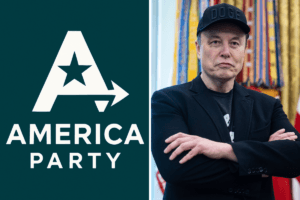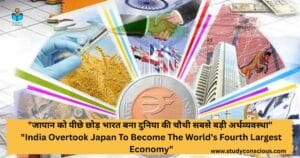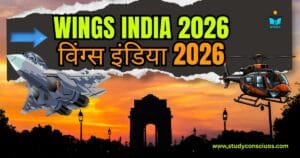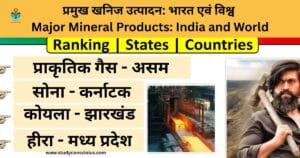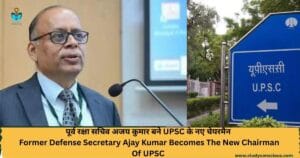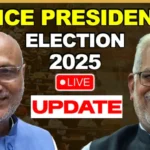RBI Imposes Penalties on Five Banks in 2024: A Detailed Analysis
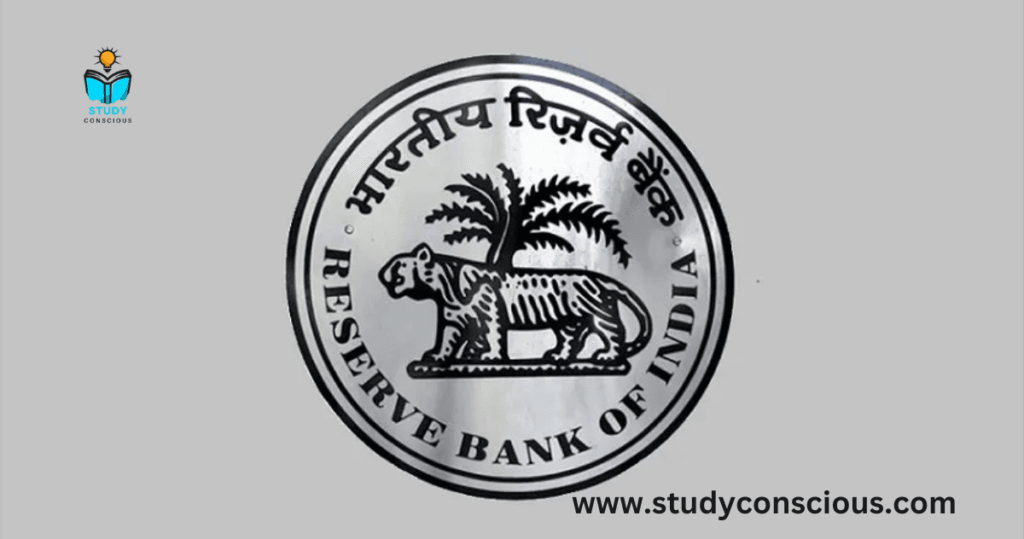
RBI Imposes Penalties on Five Banks In a significant move to enforce regulatory compliance and discipline within the ...
Read moreDeputy Governor at the Reserve Bank of India
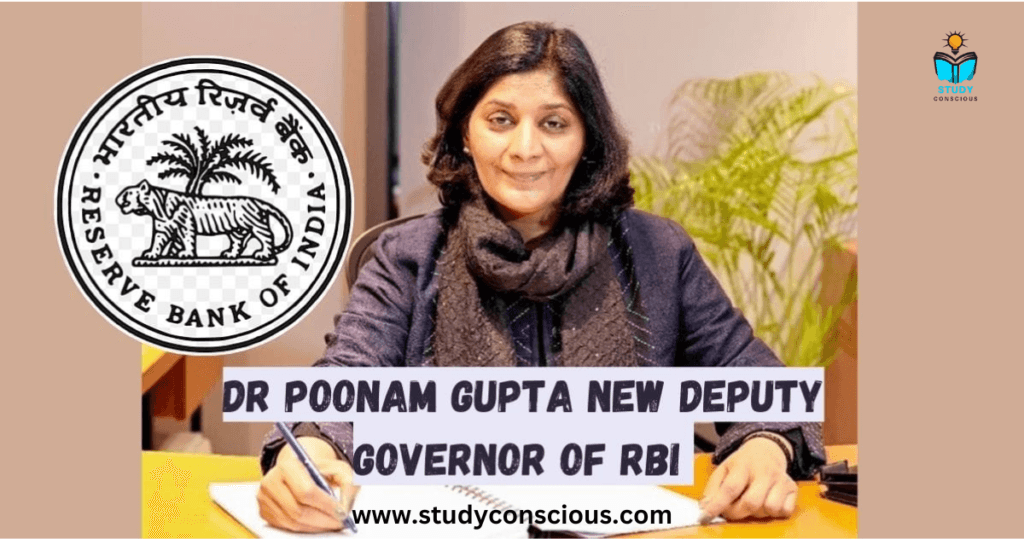
Deputy Governor at the Reserve Bank of India (RBI) is Dr. Poonam Gupta. She assumed office on April ...
Read more“Sunita Williams Set to Return to Earth After 9-Month Extended Mission on ISS”

India celebrated the "National Space Day", on the 23rd of August to commemorate the first anniversary of the successful landing of Chandryaan-3, with the theme "Touching lives while touching the moon".
Read more2026 FIFA World Cup

The 2026 FIFA World Cup, officially branded as FIFA World Cup 26™, is set to be a landmark ...
Read moreDelhi Assembly Cabinet Minister List 2025

The Delhi Legislative Assembly, also known as the Delhi Vidhan Sabha, is the unicameral legislature of the National ...
Read moreChief Priest of Ayodhya Ram Temple, Acharya Satyendra Das, Dies in Lucknow!
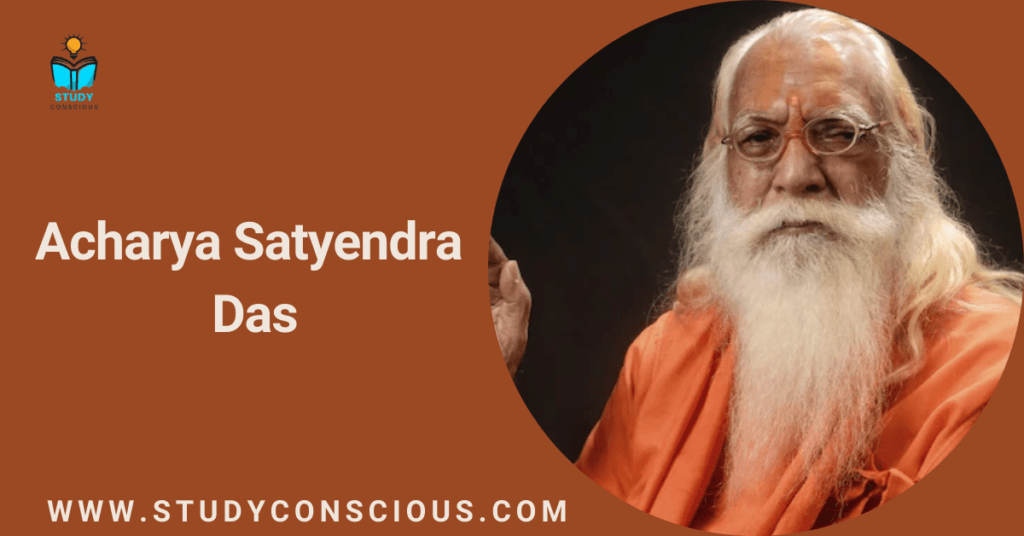
Acharya Satyendra Das, the chief priest of the Ram Janmabhoomi Temple in Ayodhya, passed away on February 12, ...
Read moreZomato announces a new company name, Will now be named as “Eternal”
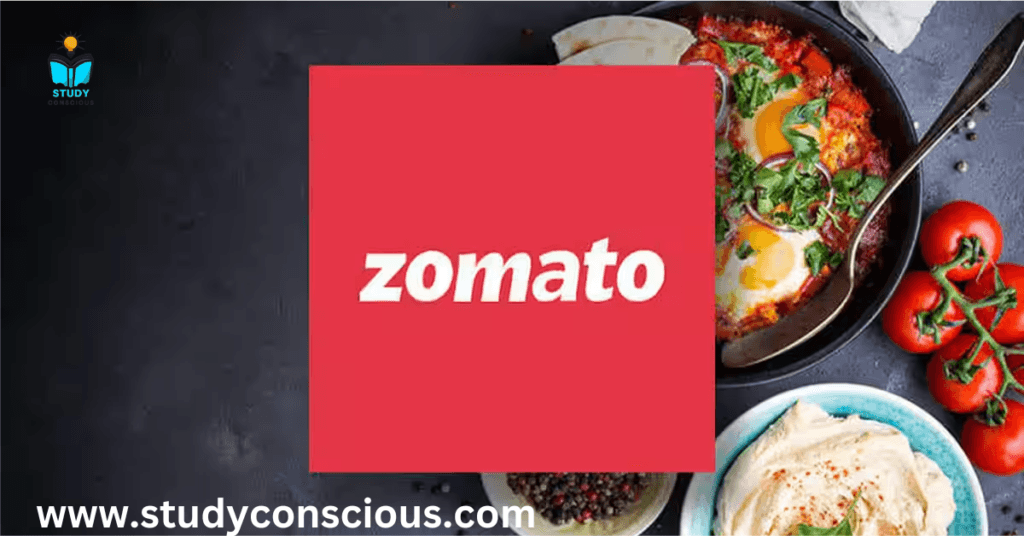
Zomato As of February 6, 2025, has officially rebranded itself as “Eternal” and unveiled a new logo. This ...
Read moreUnder-19 Women’s World Cup 2025
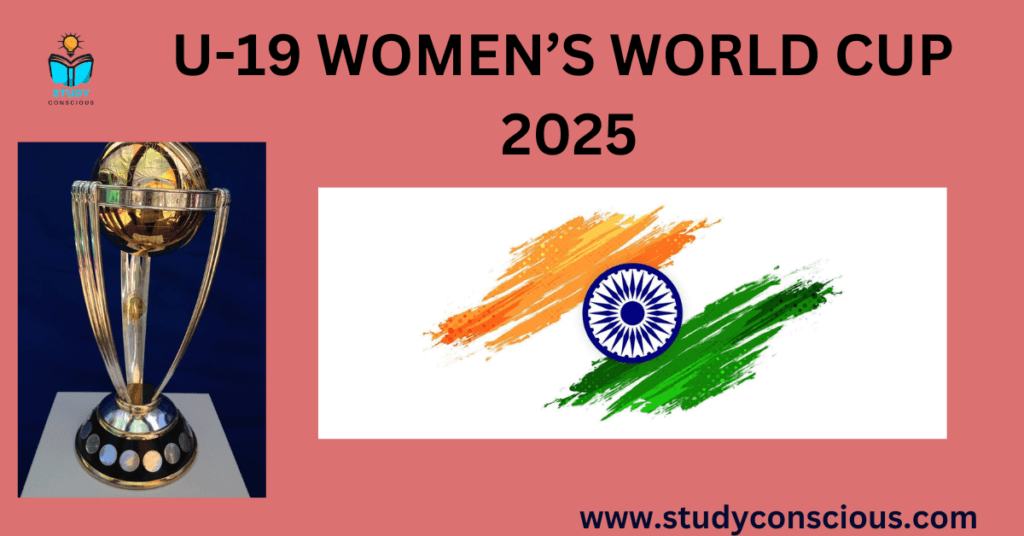
The 2025 ICC Under-19 Women’s T20 World Cup concluded on February 2, 2025, in Malaysia, with the Indian ...
Read moreAsian Winter Games 2025
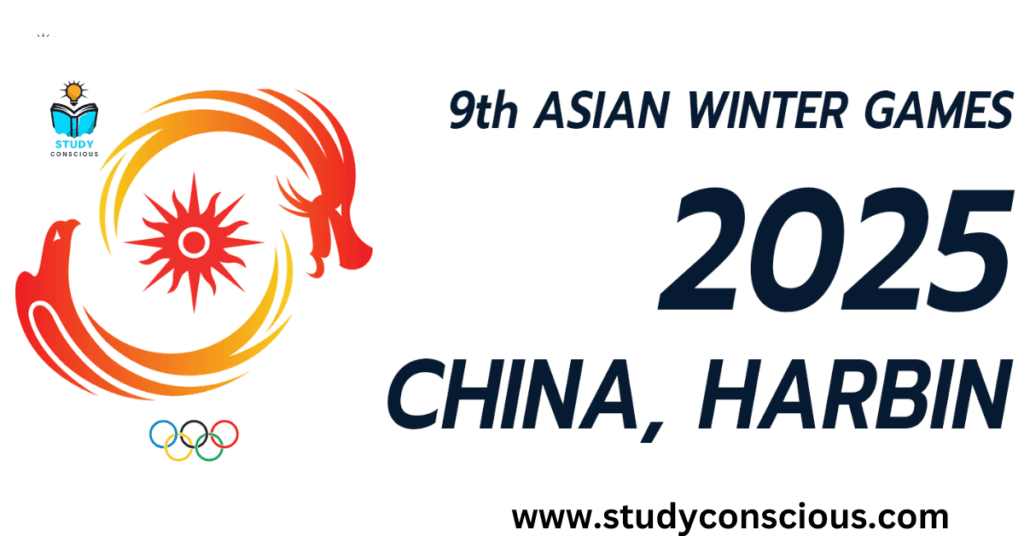
The Asian Winter Games (AWG) is a multi-sport event organized by the Olympic Council of Asia (OCA), featuring ...
Read moreUnion Budget 2025-26
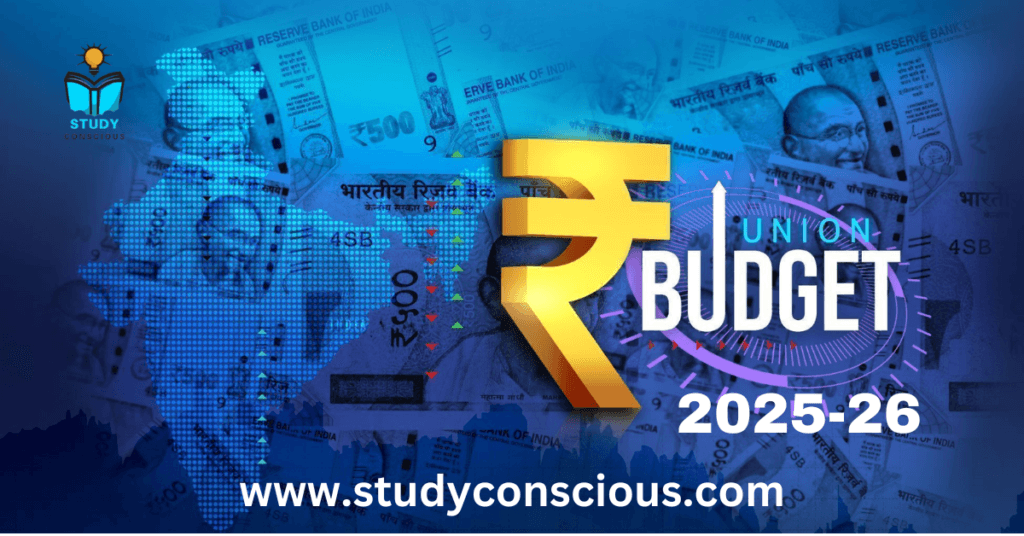
The Union Budget for 2025-26, presented by Finance Minister Nirmala Sitharaman on February 1, 2025, introduces several key ...
Read more
